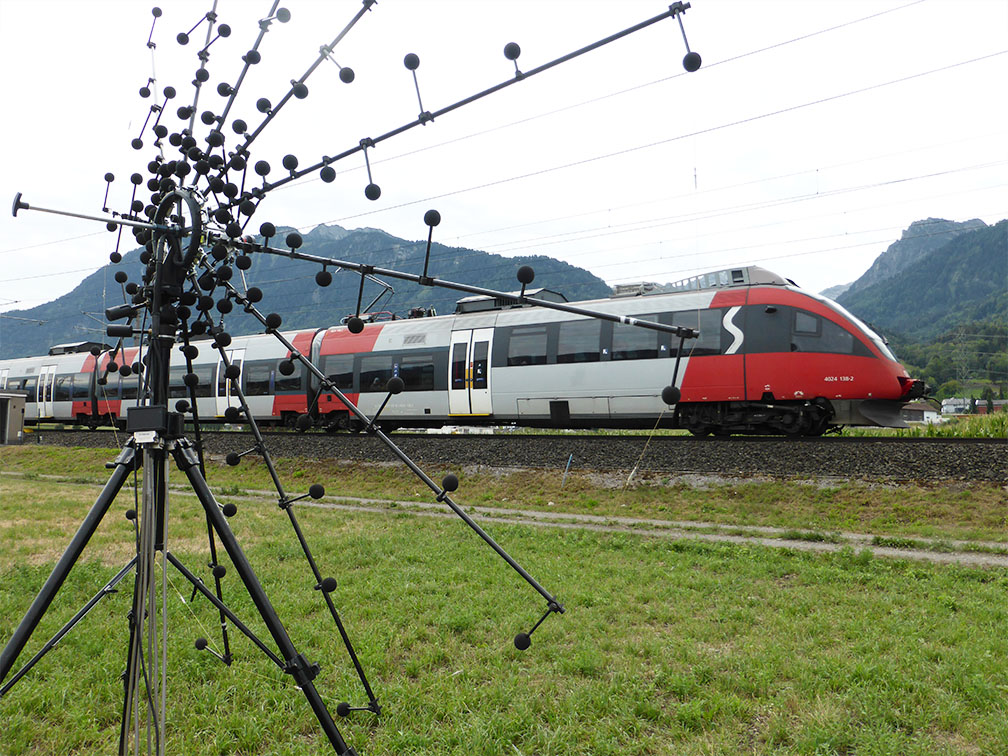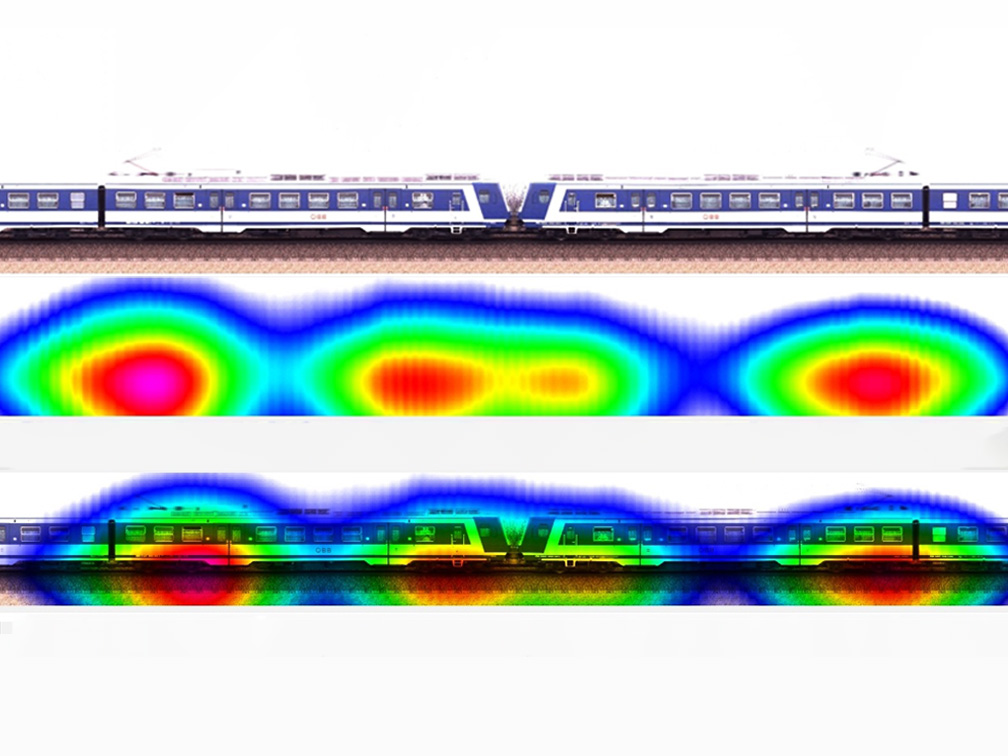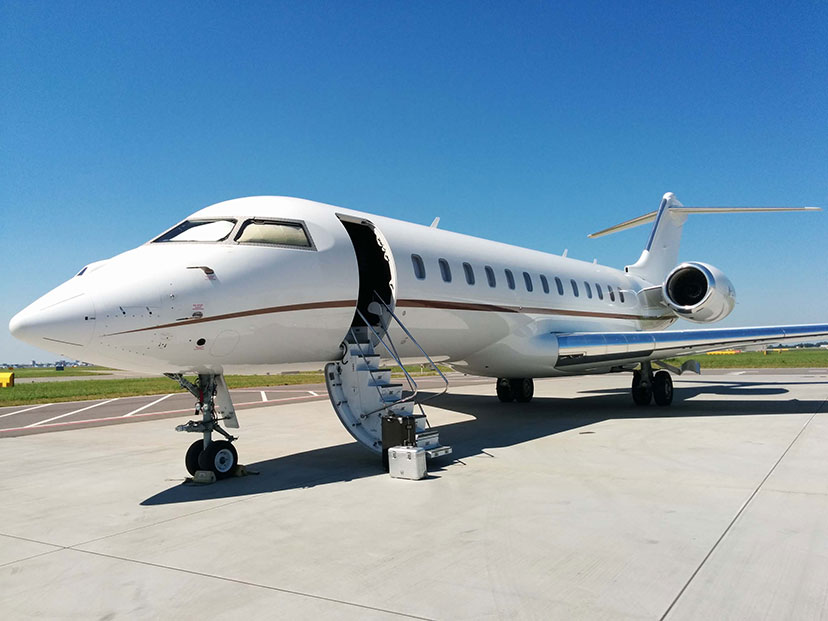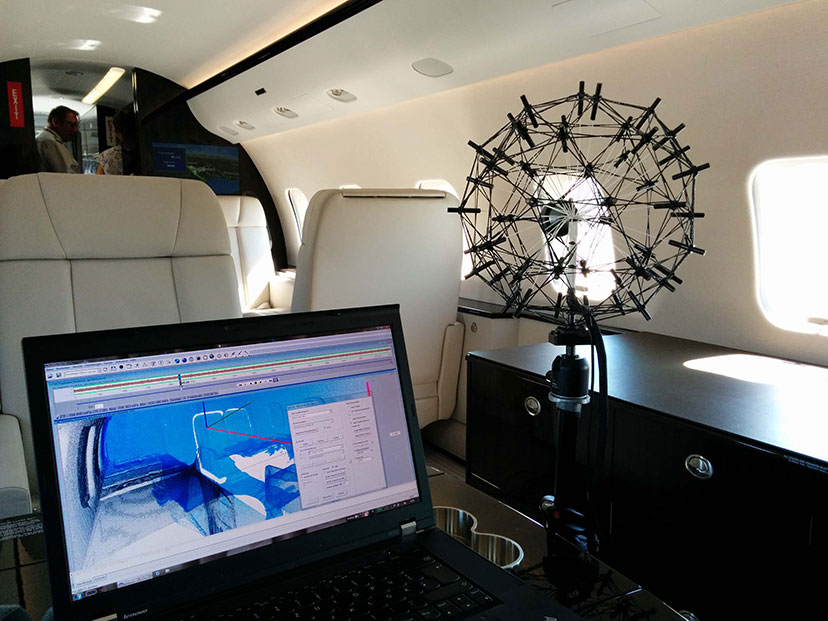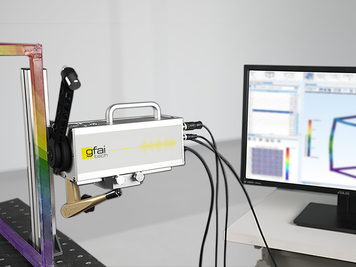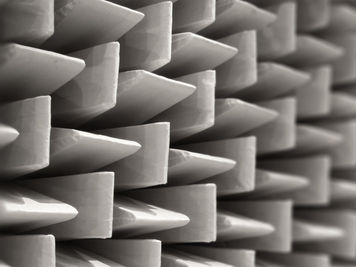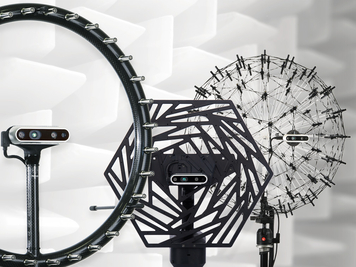When driving by, even a long freight train is recorded and put together to one single picture which is color-coded with the acoustic data. This pass-by picture shows at a glance which areas of the train are noisy.
The PassBy 2D software module creates a panoramic image with the feature point method. That means: Looking for feature points in individual frames and stitching them together. From the moving distances of the feature points and the frame rate of the camera velocity information of the measured object is also created.
The calculation of an acoustic map works like a TDBF (time domain beamforming) algorithm with variable runtimes. Every point of the measured object is followed a given amount of time while it is in the proximity of the microphone array.
- Pass-by analysis
- Time and frequency domain
- Frequency bands (narrow, 1/3-, 1/1-octave)

